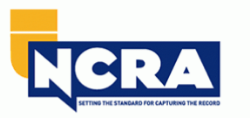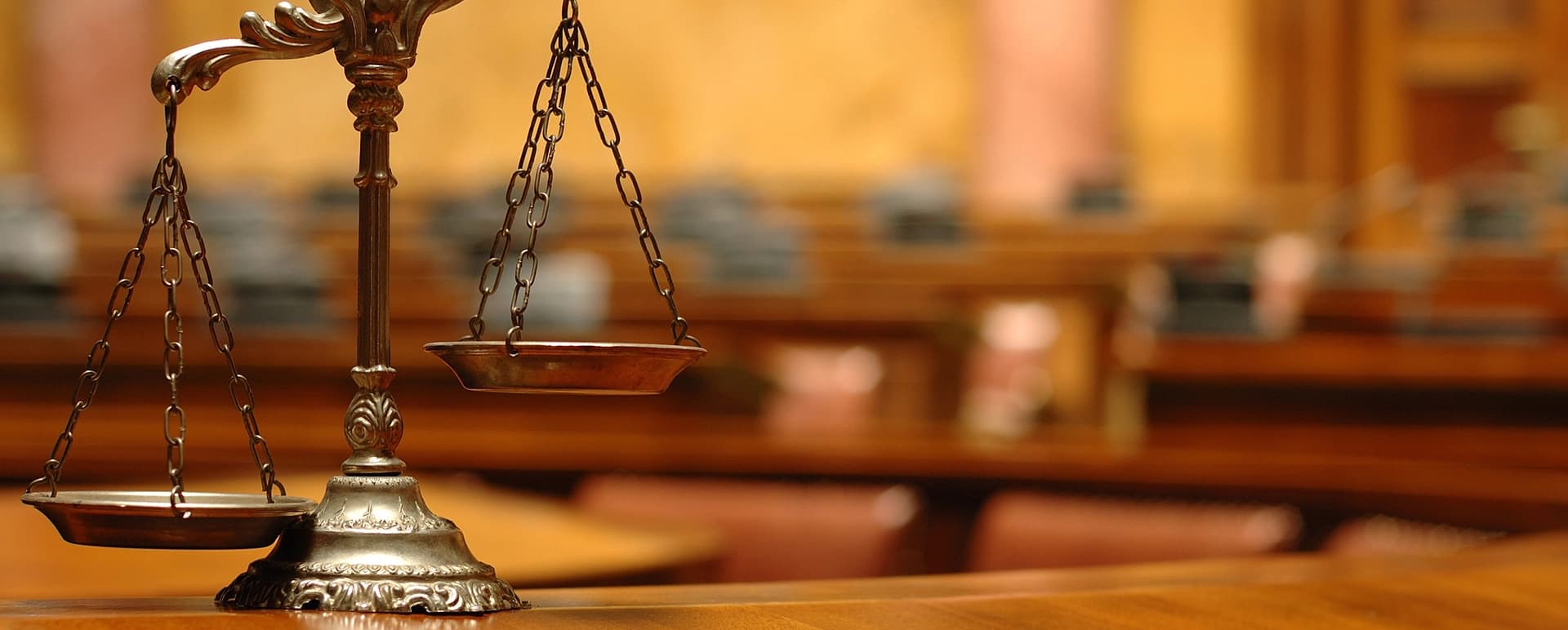Trial Presentation Professional Support for Legal Practices and Court Cases
Trial Presentation Professional Support for Legal Practices and Court Cases
Blog Article
Astound the Court: Necessary Components of a Powerful Trial Presentation
In the world of legal advocacy, the capability to astound a jury is vital to the outcome of a trial (trial presentation). Vital aspects such as recognizing the audience, crafting an engaging narrative, and mastering spoken and non-verbal interaction are crucial parts of an effective discussion. Additionally, the critical use visual help can dramatically enhance comprehension and retention of essential arguments. As these factors link, they develop a natural strategy that not only notifies yet likewise involves jurors on several degrees. What certain strategies can truly transform a basic presentation into a remarkable experience for the court?

Comprehending Your Target Market
Understanding your audience is a crucial aspect of effective trial discussion. A successful presentation pivots on the ability to grasp the demographics, values, and predispositions of jurors. This comprehension notifies exactly how arguments are framed, proof exists, and sob stories are crafted, guaranteeing that the message reverberates with the jurors on an individual degree.
Research study indicates that jurors come from varied histories and may have differing levels of comprehending regarding lawful process (trial presentation). Hence, it is critical to avoid legal lingo that can estrange or confuse them. Instead, employing clear, relatable language fosters interaction and understanding. In addition, comprehending the jurors' potential biases and life experiences enables the test presenter to prepare for arguments and address worries proactively.
Reliable test presentation likewise involves observing jurors' responses during the proceedings. Being attuned to non-verbal cues can provide understanding right into their interaction and receptiveness, permitting for real-time adjustments in strategy. Ultimately, a profound understanding of the audience not only enhances communication yet likewise develops connection, increasing the likelihood of a desirable end result. Engaging with jurors as individuals instead than a collective unit is crucial in cultivating a solid link in the court room.

Crafting a Compelling Story
Crafting a compelling narrative is crucial in assisting jurors with the complexities of a situation. A well-structured narrative not only simplifies intricate legal principles yet additionally engages jurors on an emotional degree, making the info much more relatable and unforgettable.
This message ought to reverberate with the jurors' values and experiences, fostering a link that goes beyond simple realities. This sequential approach can help jurors adhere to the development of events, stressing cause and impact.
Incorporating human aspects-- such as individual tales or stories-- can better enhance the story's influence. These elements stimulate empathy, permitting jurors to imagine the repercussions of the instance on realities. In addition, utilizing a consistent theme throughout the discussion reinforces the primary argument, making it easier for jurors to preserve crucial points.
Inevitably, a compelling narrative transforms a test discussion from a mere address of truths right into a persuasive story that astounds the jury, encouraging them to ponder with both reason and emotion.
Utilizing Aesthetic Help
Integrating visual help right into a test discussion can significantly improve jurors' comprehension and retention of information. Aesthetic products such as charts, representations, photos, and video clips can transform complex legal concepts and evidence into easily digestible formats. By engaging numerous senses, these help enable jurors to envision the case's crucial elements, making it much easier for them to adhere to along and grasp detailed information.
In addition, well-designed aesthetic help can stress crucial points and highlight connections in between various items of evidence. As an example, timelines can properly illustrate the sequence of occasions, while annotated pictures can make clear particular details appropriate to the case. This not just aids in understanding yet additionally reinforces the story provided by the lawyer.
Overly complicated or messy visuals might overwhelm jurors and take away from the Visit Your URL message. Inevitably, reliable visual communication can be an effective tool in persuading jurors and aiding them reach educated final thoughts.
Understanding Verbal Communication
Efficient verbal interaction is important in a trial presentation, as it works as the key methods where lawyers communicate their arguments and get in touch with jurors. Understanding this skill includes quality, persuasion, and involvement. Attorneys have to express their factors clearly and briefly, preventing lawful lingo that may confuse jurors. Simpleness in language cultivates understanding and helps jurors realize complicated concerns presented throughout the test.
Additionally, tone and pacing considerably influence how messages are received. A certain tone shares authority, while proper pacing permits jurors to absorb details without feeling bewildered. Attorneys need to additionally vary their singing inflections to stress bottom lines and preserve jurors' interest throughout the presentation.
Additionally, the organization of spoken arguments is necessary. Structuring the narrative rationally and coherently helps jurors adhere to the lawyer's logic, making it much easier for them to maintain essential details. Using convincing strategies, such as storytelling, can additionally improve the emotional vibration of the disagreements provided, therefore producing an extra profound link with jurors.
Ultimately, understanding verbal communication not only enhances an attorney's instance yet also fosters trust and rapport with the court, dramatically improving the possibilities of a positive verdict.

Involving With Body Movement
Nonverbal interaction plays a crucial duty in trial presentations, typically communicating messages that words alone can not reveal. Body movement, incorporating motions, pose, faces, and eye contact, dramatically affects just how jurors regard the trustworthiness and genuineness of the presenter. A certain stance, with shoulders back and an open posture, can impart count on, while closed-off body movement may suggest defensiveness or uncertainty.

Faces should mirror the feelings connected with the instance, reinforcing the narrative existing. As an example, an honest expression throughout a touching moment can elicit empathy and reinforce the emotional charm. Eventually, grasping body language is essential for efficient trial discussions, as it improves spoken communication and establishes a compelling existence that resonates with the court.
Conclusion
Finally, captivating the jury demands a strategic method that incorporates understanding the audience, crafting an engaging story, using visual aids, grasping spoken communication, and engaging via body language. Each aspect plays an essential duty in creating a powerful test discussion that resonates with jurors on both psychological and intellectual levels (trial presentation). By incorporating these parts properly, legal experts can substantially enhance their ability to convince and influence jury decision-making
Report this page